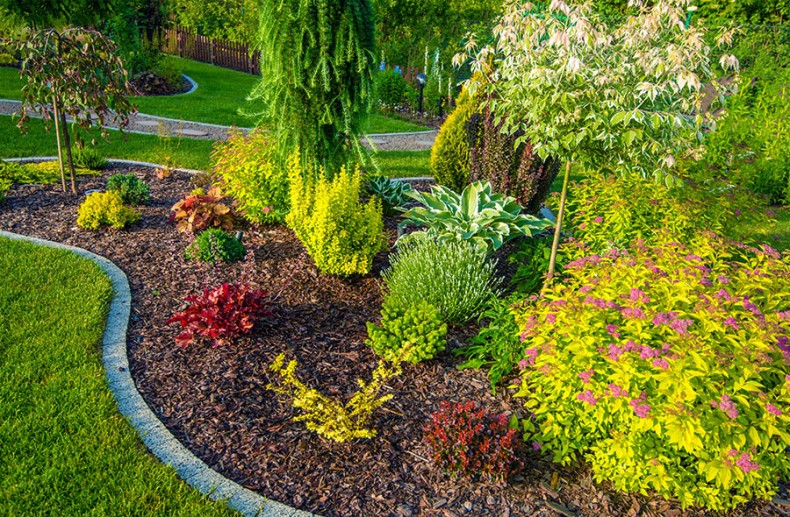Skip the Mowing with Lawn Alternatives
Explore these options if maintaining grass isn't your thing
By Hannah McKenzieQ: I’ve been so grateful for the rain and growth of my garden this summer, but I am tired of mowing the grass. I realize maintaining any sort of yard will involve work, but I would love to not be tied to mowing so often. What are some alternatives to having a traditional lawn?
A: Mowing a lawn in extreme heat every weekend can be a drag. Fortunately, there are a variety of attractive alternatives that may save you time and benefit the environment.
First, figure out what type of grass is growing in your yard. North Carolina State University’s “Carolina Lawns” guide can help you identify what you have and select an appealing lawn alternative based on climate, shade, soil type and typical use. The guide includes detailed information for each species of turf grass regarding when and how to install a new lawn, and what routine maintenance to perform.
Communities trying to improve water quality by reducing the use of nitrogen fertilizers or wanting to feed bees may be intrigued by microclover, a super-short white clover researched by the University of Maryland that grows amidst tall fescue and adds nitrogen to the soil.
Second, consider shrinking your lawn by increasing the areas covered with mulch or planting a meadow or forest.
Applying a thick layer of mulch after the soil has warmed in the spring can help keep weeds and grasses at bay. Wood chip mulch can be delivered for free or a minimal fee from local tree removal companies needing to dump surplus wood chips. Call around to discover options in your neighborhood.
Adding mulched areas may finally nudge you to install that herb, vegetable or fruit garden you always wanted. Most public libraries have an abundance of books about making edible landscapes. Alternatively, if you love cut flowers, consider starting a flower garden that will keep your dining table decorated year-round.
Meadows have been gaining popularity in communities interested in supporting wildlife, particularly butterflies, bees and birds. A portion of your yard could be a dense flowering meadow … just be sure to keep any plants 2 or 3 feet from your house to deter wildlife from moving in. NC State University maintains the online resource “Going Native” that offers guidance for transforming your yard into a space where wildlife can find food, water and shelter.
For folks with acreage, planting a forest may be an option. The North Carolina Forest Service sells native understory grasses and tree seedlings in bulk at affordable prices.
Renovating a yard may seem like an overwhelming prospect at first, but thankfully it can be done gradually and affordably and result in endless possibilities. And less mowing. This may be an opportunity to get to know your neighbors better or meet more folks in your community by calling your county cooperative extension office or Master Gardeners for resources and guidance.
Further reading
For inspiration, check out these resources from North Carolina Cooperative Extension:
- “Alternative to a Formal Lawn” from Pamlico County
- “Lawn and Lawn Alternative Resources” compiled by Chatham County
- “Plant a Meadow Garden” from Brunswick County
-
You ask; we answer
-
Share this story:







